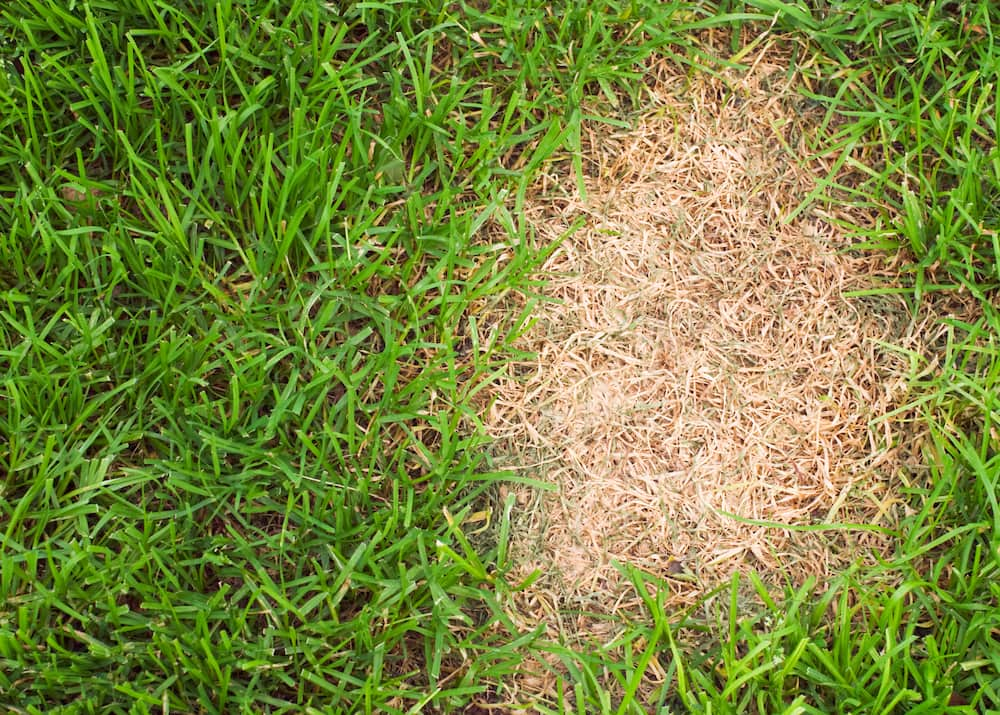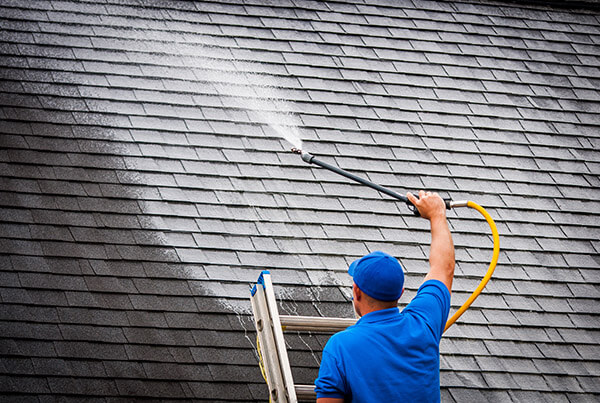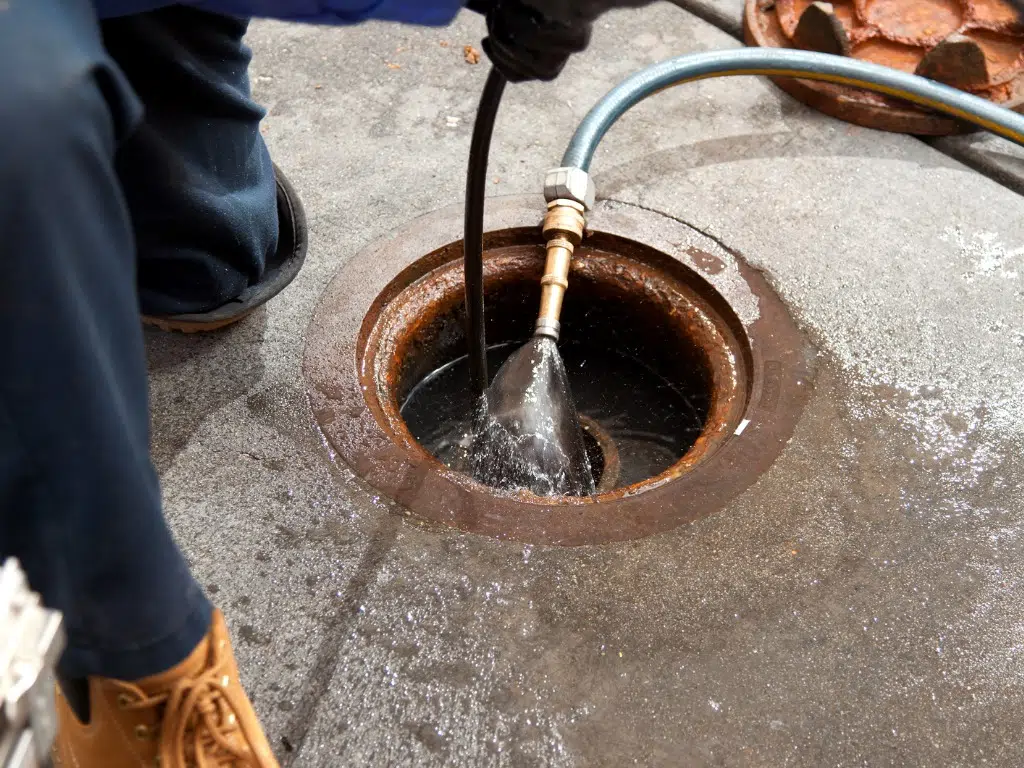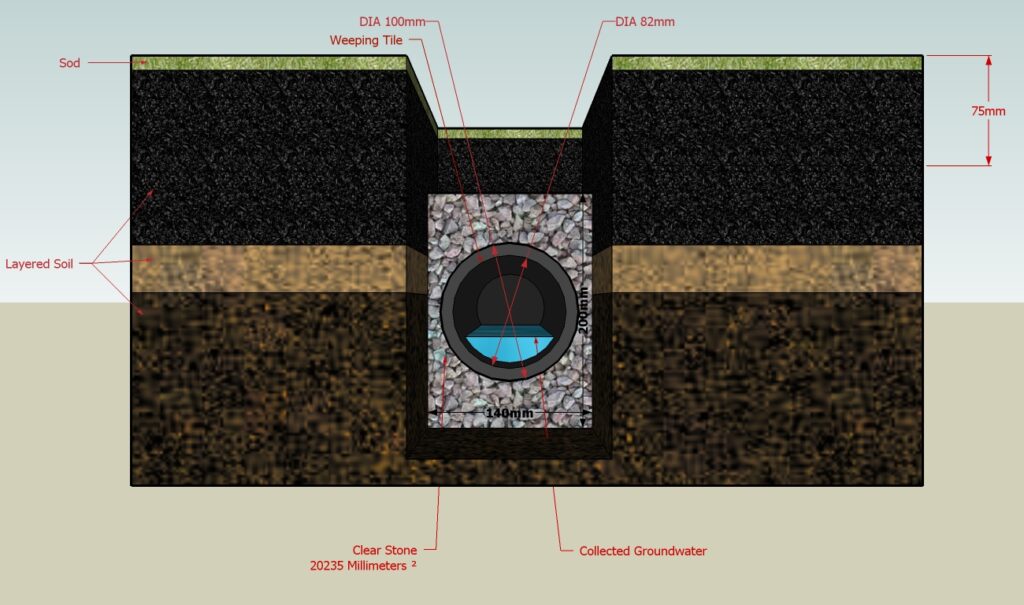Flood spots—areas in your yard where water pools after rain—are more than just an eyesore. They can kill grass, damage plants, attract pests, and even threaten your home’s foundation. Fixing them requires understanding why they happen and choosing the right solution for your situation.
Common causes include poor drainage, compacted soil, low spots, or improper grading. Sometimes the problem is as simple as a small depression in your lawn; other times, it’s due to a high water table or water flowing toward your property from neighboring lots. For complex situations, it’s wise to consult a professional landscaper or drainage specialist—especially to avoid damaging buried utilities or nearby structures.
Below, we explore 12 effective methods for fixing flood spots in your yard, along with practical steps and tips to ensure long-term results.
1. Aerate Your Lawn
Soil compaction stops water from soaking into the ground, leading to surface pooling. Aerating your lawn creates holes that allow water, air, and nutrients to penetrate deeper.
- Steps: Rent a core aerator, run it over the affected areas (and the rest of your lawn for uniform health), and leave the soil plugs on the surface to break down naturally over a week. For clay-heavy soils, aerate annually; for others, every 2–3 years is sufficient.
- Pro Tip: Aerate in early spring or fall when grass is actively growing for the best recovery.
2. Fill in Low Spots
Small depressions collect water, especially after heavy rain. Filling them with soil or compost restores even ground and improves water absorption.
- Best Practice: Use high-quality compost to not only level the surface but also encourage microbial and earthworm activity, which keeps soil loose.
- Efficiency Tip: If you have multiple low spots, bulk delivery of compost or soil is more cost-effective than buying bags.
3. Regrade Your Yard
If your yard slopes toward low points or your home, water will naturally collect there. Regrading reshapes the land so water flows away.
- Goal: Create a slope of 1–2% away from your home’s foundation.
- Execution: This is a heavy-duty job that may require professional equipment like a skid steer or bulldozer. After grading, reseed or plant erosion-resistant ground covers.
- Tip: In erosion-prone areas, add flagstone or gravel pathways to stabilize the soil.
4. Install a French Drain
A French drain is an underground system designed to move water away from problem areas.
- Steps: Dig a trench with a 1% slope leading to a safe drainage outlet. Add a layer of gravel, place a perforated pipe (holes facing down), cover with more gravel, and top with soil. You can install DIY kits for small yards, but large-scale projects should be handled by professionals.
- Cost Range: $1,000–$5,000 for professional installation, depending on yard size and complexity.
5. Build a Rain Garden
A rain garden is a shallow, landscaped depression planted with water-tolerant plants that naturally absorb and filter runoff.
- How It Works: During rain, water flows into the garden, where plants and soil filter it before it seeps into the ground.
- Best Plants: Switchgrass, blue flag iris, hibiscus, and other native wetland species.
- Benefits: Reduces pooling, improves aesthetics, and boosts biodiversity.
6. Switch to Permeable Surfaces
Hard, impervious surfaces like concrete driveways or patios contribute to runoff and pooling.
- Solution: Replace with permeable pavers, gravel, or porous concrete that allows water to filter into the soil.
- Extra Benefit: Permeable surfaces reduce stormwater runoff and help recharge groundwater.
7. Install a Dry Well
A dry well is a gravel-filled pit that collects water from downspouts or drains and slowly releases it into the ground.
- Ideal For: Yards with limited space and frequent, minor flooding.
- Installation: Place near the problem area, connect via pipe from downspouts, and fill with coarse gravel or a pre-made dry well unit.
8. Add a Sump Pump
For low-lying yards with persistent groundwater problems, a sump pump can actively move water away.
- Setup: Install in the lowest point of the yard inside a sump basin. The pump activates when water reaches a certain level, pushing it into a drainage system.
- Note: Sump pumps are often used in conjunction with other systems like French drains.
9. Use Pop-Up or Curtain Drains
For minor pooling issues, pop-up drains and curtain drains offer simpler solutions.
- Pop-Up Drains: Collect water from downspouts or surface drains and release it further away.
- Curtain Drains: Shallow perforated pipes that disperse water over a larger area to prevent concentration in one spot.
10. Install Rain Barrels
Rain barrels collect runoff from your roof, reducing the volume of water entering your yard during storms.
- Tip: Position barrels under downspouts and have an overflow path for excess water. Use collected rainwater for gardens or landscaping.
- Eco Benefit: Reduces demand on municipal water for irrigation.
11. Apply Mulch or Plant Absorbent Vegetation
Adding mulch and planting water-tolerant plants improves water absorption in problem areas.
- Mulch: Apply 2–3 inches around plants, keeping it at least 6 inches from home siding.
- Plants: Buttonbush, elderberry, sedges, and other wet-tolerant species thrive in damp spots.
- Bonus: Enhances soil health and reduces weed growth.
12. Add Storm Drain Channels
For hardscapes like driveways or walkways, storm drain channels capture and redirect water before it pools.
- Installation: Requires cutting into the surface to insert a grated channel that connects to an underground pipe.
- Best Use: High-traffic paved areas prone to water accumulation.
Observing and Planning for Success
Before starting any project, watch how water moves through your yard during heavy rain. Identify sources—whether from your own property, neighboring lots, or roof runoff. This helps match the right solution to the problem.
Also, check local building codes. Some drainage systems, especially regrading and large-scale drains, may require permits. If unsure, consult a licensed contractor.
Cost Considerations
- Low-Cost DIY Options: Lawn aeration ($50–$100 rental), compost for low spots ($30–$50 per cubic yard).
- Mid-Range Solutions: Rain gardens ($500–$3,000), dry wells ($300–$1,200 DIY).
- Higher-Cost Professional Installs: French drains ($1,000–$5,000), regrading ($1,500–$5,000).
Flooded Yard Transformation
Conclusion
Flood spots don’t have to be a permanent feature in your yard. With the right assessment, materials, and methods—from simple aeration to engineered drainage systems—you can eliminate pooling, protect your landscaping, and improve your property’s usability. Start small with DIY fixes, and bring in the pros for larger, more complex jobs. By tackling these issues now, you’ll ensure a healthier, safer, and more beautiful outdoor space for years to come.









